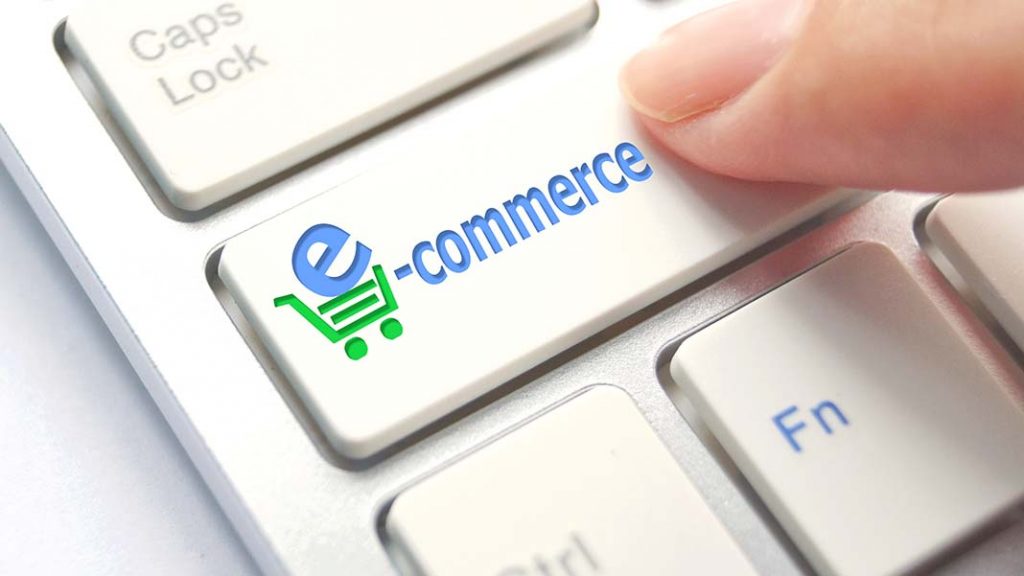Last week, Bloomberg reported confidential sources at Amazon have validated that Vendors will be told to move to Amazon’s Seller Central platform in the future. No timeline has been verified, however, this verifies previous Supplier issues, who were sent out an email from Amazon in March, that they will no longer be getting future orders. Amazon eventually informed all Suppliers that the email was sent out by mistake, however, rumors concerning the future of Supplier Central started gaining traction.
So what does this all indicate? Suppliers were formerly offering at wholesale cost to Amazon. Amazon then took control at that point to sell these products on Amazon.com. Supplier Central has been a costly Amazon operation between upfront capital to buy stock wholesale and a large workforce needed to run Supplier Central.
On the other side, Seller Central, the “Done by Vendor” model, is where brand names sell directly on Amazon’s site. Seller Central has been more profitable for Amazon given that it does not need a big labor force to run, nor does Amazon require to input any product capital, and they charge a percentage of every sale through Seller Central.

So why should suppliers transition?
More news stories continue to confirm that Amazon will eventually make changes to its Vendor Central program. According to Bloomberg sources, Vendors with yearly sales under $10M are the highest at risk to be eliminated from the Vendor program. Likewise, if your brand’s order were halted in March, it would be wise to proactively check out relocating to Seller Central before Amazon does this again. With the sound surrounding Vendor Central, Vendors need to not be reliant on this program’s doubtful future.
What are the benefits of Seller Central?
There are 4 major advantages with offering through Seller Central versus Vendor Central. Those consist of:
# 1. More control over the client experience
# 2. Full control over item rates
# 3. Full control over item stock positioning
# 4. Higher revenue margins
Client experience: Brands desire to guarantee their customers have a great experience when purchasing a product from them. Offering through Seller Central, brands can interact directly with customers to address any questions or concerns. Consumers likewise have the ability to contact brand names straight. A brand name handling client service queries will always be more knowledgeable than relying on a random Amazon support representative.
Rates: When Vendors offered their item to Amazon in Supplier Central, Amazon managed the pricing on Amazon.com. Through Seller Central, brand names can increase or decrease their prices at their discretion based on inventory needs.
Stock: The Vendor Central program is infamous to just acquire the top-selling SKUs from a Vendor for obvious factors. However, in Seller Central, brands can sell their whole product brochure on Amazon.com, which can increase brand direct exposure and sales volume.
Boost in Revenue: On Seller Central, brand names can now sell direct to customers at complete market price rather than selling to Amazon at wholesale cost. This will dramatically increase the brand name’s revenue margin. One will want to be familiar with Amazon’s seller central fees to appropriately determine revenue margins.
As noted, there are many benefits to utilize Seller Central rather than Supplier Central that line up in the brand’s finest interest. If you are presently in the Supplier program, it will be smart to start planning a shift plan to Seller Central to avoid any issues in the future. If you have any questions, do not hesitate to contact our group and we can help you through the shift.















